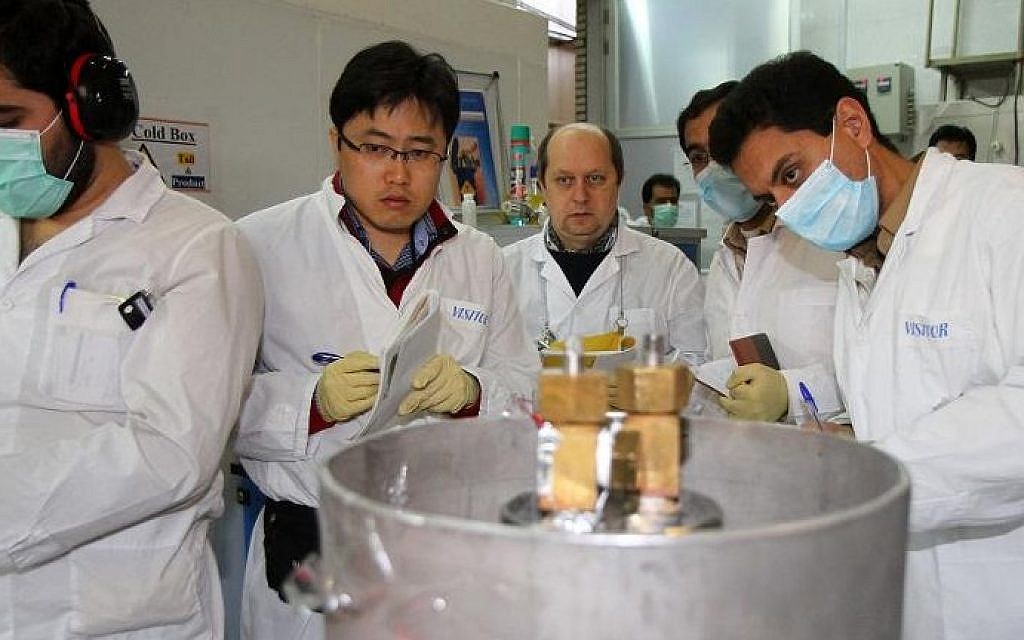Tehran says no casualties or radioactive pollution in Natanz incident, claims Israeli social media took credit for ‘sabotage,’ warns ‘Zionist regime’ against ‘crossing red lines’
Hours after it reported an “accident” at its Natanz nuclear complex, and said there were no casualties or radioactive pollution, Iran on Thursday warned that it would weigh its response to “hostile countries,” including Israel and the US, if they had crossed Iran’s “red lines in any way.”
Natanz, which houses uranium enrichment facility, is located some 200 miles (322 kilometers) south of Tehran.
The New York Times quoted an unnamed Middle Eastern intelligence official saying an explosion had taken place as the result of a bomb planted inside the facility. “The blast was caused by an explosive device planted inside the facility,” the Times quoted the official saying, and “destroyed much of the aboveground parts of the facility where new centrifuges… are balanced before they are put into operation.”
Asked about reports of the incident at a press conference Thursday evening, Israel’s Prime Minister Benjamin Netanyahu brushed aside the question: “I don’t address these issues,” he said.
Iran initially downplayed Thursday morning’s events at Natanz, initially claiming vaguely there had been an unspecified “incident” and later acknowledging a fire.
Later it elaborated on what it still called an accident, and issued assurances that there was no danger of radioactive fallout, but it subsequently also issued a warning to its foes.
US-based analysts said the building, located above Iran’s underground Natanz enrichment facility, was a new centrifuge production plant and that it was hit by a fire and an explosion. A fire burned a building above Iran’s underground Natanz nuclear enrichment facility, though officials say it did not affect its centrifuge operation or cause any release of radiation. (AP graphic)
The site of the fire corresponds to a newly opened centrifuge production facility, said Fabian Hinz, a researcher at the James Martin Center for Nonproliferation Studies at the Middlebury Institute of International Studies in Monterey, California. He said he relied on satellite images and a state TV program on the facility to locate the building, which sits in Natanz’s northwest corner.
David Albright of the Institute for Science and International Security similarly said the fire struck the production facility. His institute previously wrote a report on the new plant, identifying it from satellite pictures while it was under construction and later built.
In Washington, the State Department said that US officials were “monitoring reports of a fire at an Iranian nuclear facility.” It added: “This incident serves as another reminder of how the Iranian regime continues to prioritize its misguided nuclear program to the detriment of the Iranian people’s needs.”
There was “no nuclear material [at the building] and no potential of pollution,” the spokesman for Iran’s Atomic Energy Organization Behrouz Kamalvandi told state television. Kamalvandi said no radioactive material or personnel were present.
He noted that the cause was being investigated, and said the fire had led to “some structural damage.”
There was “no interruption to the work of the enrichment site itself,” which “is working at the pace it used to,” Kamalvandi said. IAEA inspectors at Iran’s nuclear power plant in Natanz on January 20, 2014. (IRNA/AFP Kazem Ghane)
IAEA inspectors at Iran’s nuclear power plant in Natanz on January 20, 2014. (IRNA/AFP Kazem Ghane)
Hours after the announcement, Iran’s state news agency IRNA published an editorial warning that “if there are signs of hostile countries crossing Iran’s red lines in any way, especially the Zionist regime (Israel) and the United States, Iran’s strategy to confront the new situation must be fundamentally reconsidered.”
IRNA also reported that unnamed Israeli social media accounts had claimed the Jewish state was responsible for the “sabotage attempts.”
It stressed that Iran had tried “to prevent escalations and unpredictable situations while defending its position and national interests”.
The BBC’s Persian service, which Iranian authorities consider hostile, said it received a statement “hours before” the accident from a group called the “Homeland Cheetahs” who claimed responsibility for the so-called accident.
The group’s members claimed to be “dissidents present in Iran’s security apparatuses” and said the location was targeted as it was not “underground” and therefore the alleged attack could not be denied.
Iran’s nuclear body has yet to provide a formal explanation for the incident.
An unnamed former Iranian nuclear official told Reuters that sabotage was a possibility. “Considering that this so-called incident happened just a few days after the explosion near the Parchin military base, the possibility of a sabotage cannot be ruled out,” this source said. “Also Natanz enrichment facility has been targeted in the past by a computer virus,” he added, referring to Stuxnet.
But Tehran-based analyst Mohammad Marandi ridiculed claims of responsibility for the accident on Twitter.
“If there’s a fire anywhere, Iran’s foes claim a military strike,” said Marandi, who heads the American studies department at Tehran University.
“BBC Persian claims sabotage by a secret organization, while their brethren in Israeli propaganda claim a drone strike! Poor coordination.”
The Iranian Atomic Energy Organization released a photo purportedly from the site, showing a one-story building with a damaged roof, walls apparently blackened by fire and doors hanging off their hinges as if blown out from the inside.
State TV later showed a different angle of the building with minor damage to its walls and some of its fans still working.
Natanz governor Ramezan-Ali Ferdowsi told the Tasnim news agency that a fire had broken out at the warehouse.
Previous incident
Data collected by a US National Oceanic and Atmospheric Administration satellite suggested the fire broke out around 2 a.m. local time in the northwest corner of the Natanz compound. Flames from the blaze were bright enough to be detected by the satellite from space.
There was no previously announced construction work at Natanz, a uranium enrichment center some 250 kilometers (155 miles) south of the capital, Tehran. Natanz includes underground facilities buried under some 7.6 meters (25 feet) of concrete, which offers protection from airstrikes.
Natanz, also known as the Pilot Fuel Enrichment Plant, is among the sites now monitored by the International Atomic Energy Agency after Iran’s 2015 nuclear deal with world powers.
The IAEA said in a statement it was aware of reports of the fire. “We currently anticipate no impact on the IAEA’s safeguards verification activities,” the Vienna-based agency said.
Located in Iran’s central Isfahan province, Natanz hosts the country’s main uranium enrichment facility. There, centrifuges rapidly spin uranium hexafluoride gas to enrich uranium. Currently, the IAEA says Iran enriches uranium to about 4.5% purity, above the terms of the nuclear deal, but far below weapons-grade levels of 90%. It also has conducted tests on advanced centrifuges, according to the IAEA.
The incident came six days after an explosion near a military complex rocked the Iranian capital.
The blast in the Parchin area in the southeast of Tehran was due to “leaking gas tanks,” Iran’s defense ministry said on Friday.
Parchin is suspected of having hosted conventional explosion tests with nuclear applications, which the Islamic republic denies.
The explosion near Parchin, which rattled Iran’s capital on Friday, came from an area in its eastern mountains that analysts believe hides an underground tunnel system and missile production sites, based on satellite photographs.
Satellite photos of the area, some 20 kilometers (12.5 miles) east of downtown Tehran, showed hundreds of meters of charred scrubland not seen in images of the area taken in the weeks ahead of the incident. The building near the char marks resembled the facility seen in the state TV footage. This Friday, June 26, 2020, photo combo from the European Commission’s Sentinel-2 satellite shows the site of an explosion, before, left, and after, right, that rattled Iran’s capital. Analysts say the blast came from an area in Tehran’s eastern mountains that hides a underground tunnel system and missile production sites. The explosion appears to have charred hundreds of meters of scrubland. (European Commission via AP)
The area sits near what analysts describe as Iran’s Khojir missile facility. The Friday explosion appears to have struck a facility for the Shahid Bakeri Industrial Group, which makes solid-propellant rockets, said Fabian Hinz, a researcher at the James Martin Center for Nonproliferation Studies at the Middlebury Institute of International Studies in Monterey, California.
The Washington-based Center for Strategic and International Studies identified Khojir as the “site of numerous tunnels, some suspected of use for arms assembly.” Large industrial buildings at the site visible from satellite photographs also suggest missile assembly being conducted there.
The US Defense Intelligence Agency says Iran overall has the largest underground facility program in the Middle East.
Tehran announced in May last year it would progressively suspend certain commitments under a 2015 nuclear deal with major powers, unilaterally abandoned by the United States in 2018.
Iran restarted enriching uranium at Natanz last September, after having agreed under the accord to put such activities there on hold.
The UN nuclear watchdog said last month that Tehran was continuing to produce enriched uranium in Natanz using “no more than 5,060 (so called first-generation) centrifuges installed in 30 cascades”.
The 2015 deal promised Iran sanctions relief in exchange for limiting its atomic activities.
US President Donald Trump’s withdrawal from the deal was followed by Washington reimposing biting unilateral sanctions.
The US unilaterally withdrew from the nuclear deal in May 2018, setting up months of tensions between Tehran and Washington. Iran now is breaking all the production limits set by the deal, but still allows IAEA inspectors and cameras to watch its nuclear sites.
Natanz did become a point of controversy last year as Iranian officials refused to allow an IAEA inspector into the facility in October after allegedly testing positive for suspected traces of explosive nitrates. Nitrates are a common fertilizer. However, when mixed with proper amounts of fuel, the material can become an explosive as powerful as TNT. Swab tests, common at airports and other secure facilities, can detect its presence on the skin or objects.
Natanz also remains of particular concern to Tehran, as it has been targeted for sabotage before. The Stuxnet computer virus, widely believed to be an American and Israeli creation, disrupted and destroyed centrifuges at Natanz amid the height of Western concerns over Iran’s nuclear program.




